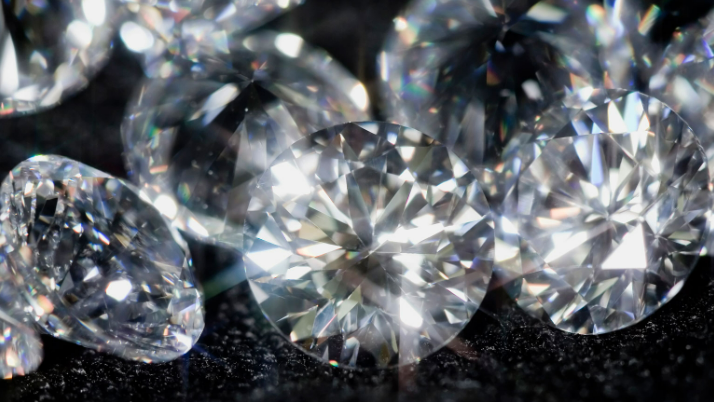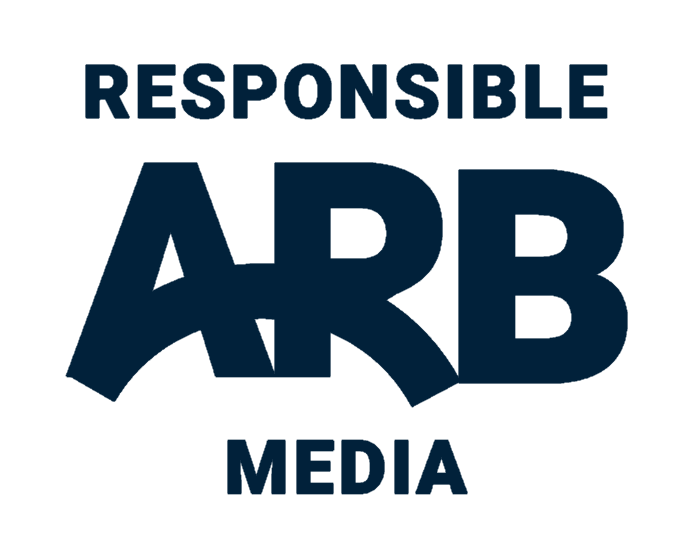The Joyride Blog
Weird Wide Web - Plastic diamonds. How real are they?─── 15:15 Wed, 28 Sep 2022

We uncovered an article that had us wondering if the jewelry we have is really authentic. What would you do if you found out your precious diamond was made out of plastic?
A group of European researchers had a question and as researchers, they decided to find out if there was an answer to this question. The question, "What happens when you assail sheets of cheap plastic with high-powered laser?". The answer, well you get diamonds! Well not real diamonds, rather, nanodiamonds, which are gemstones measuring a few billionths of a meter.
According to ripleys, the potential uses for nanodiamonds abound, offering scientists an exciting path for future discoveries. Possible applications include using them to turn carbon dioxide into other gases. Some researchers think they could be employed to deliver medicines to specific parts of the human body. Researchers also hope this line of study will help solve the current plastic pollution problem plaguing the world’s oceans.
What we can learn from nanodiamonds doesn’t end there. After all, they look like substances found on planetary ice giants like Neptune and Uranus. These planets have long baffled scientists, but with the help of plastic-turned-diamonds, they may soon get some answers. Clearly, there’s more to these findings than the makings of the world’s smallest engagement ring!
In terms of the specifics of the experiment, physicists used a sheet of polyethylene terephthalate, or PET, plastic. (Basically, the same stuff found in soda and water bottles.) After super-heating the material — we’re talking 6000 degrees Celcius — for a billionth of a second, big changes happened.
The heat mimicked the Earth’s atmospheric pressures, only millions of times stronger. The nearly instantaneous process hyper-compressed the plastic, changing its molecular structure. The carbon found in the plastic crystallized, permitting oxygen and hydrogen to escape. The crystallized carbon created nanodiamonds. As for the oxygen and hydrogen, they became “superionic water” or “superionic ice.”
Also read: Weird Wide Web - Body hacking: Man wants to be a cyborg
This super-heated ice may represent the universe’s most common form of water and one that conducts electricity better than the old-fashioned wet stuff. The process of “demixing” carbon, oxygen, and hydrogen at a molecular level may also imply the presence of infinite diamonds (and water) on Neptune and Uranus. What does it all mean? We’ll have to wait and see. But one thing’s for certain: “Nanodiamonds are a scientist’s best friend.” For more on this, visit ripleys website.
Weird Wide Web - Plastic diamonds. How real are they?:














